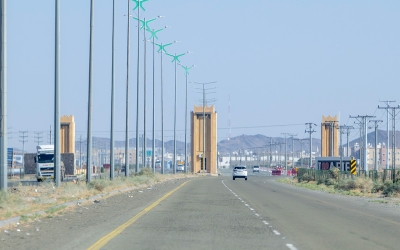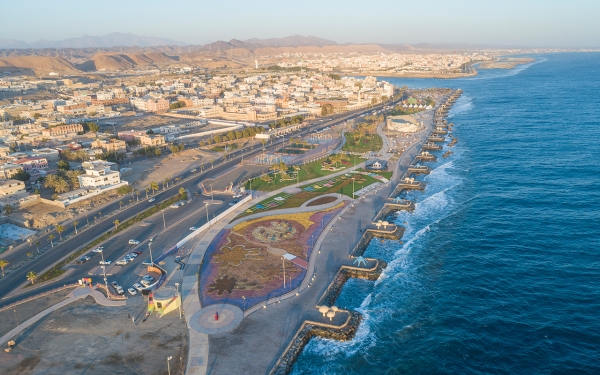
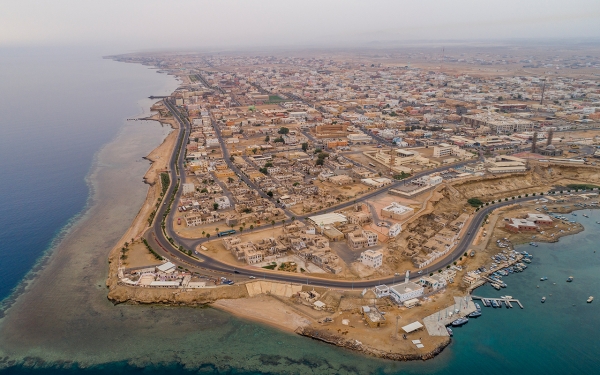
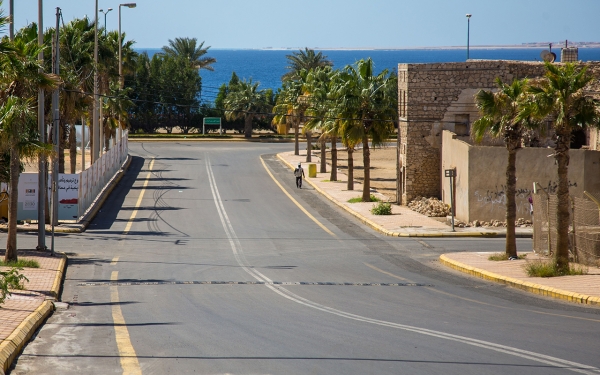
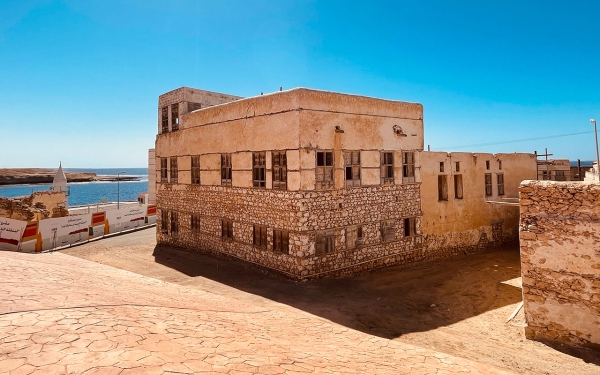
Al-Wajh Governorate (Muḥāfaẓat al Wajh) is in Tabuk Province, located on the coast of the Red Sea in the west of the Kingdom of Saudi Arabia. al-Wajh is an old settlement and a current global investment destination. It is the province's third largest city in terms of population, with an estimated 49,948 people, according to the 2022 census.
Location of al-Wajh Governorate
Al-Wajh Governorate is located in the western part of Tabuk Province. It is bordered to the north by Duba Governorate, to the south by Umluj Governorate, to the east by Medina Province, and overlooks the Red Sea from the west.
According to the civil service level in the governorate, al-Wajh is administratively categorized as a type (A) governorate, with ten administratively affiliated centers.
The importance of tourism in al-Wajh
Al-Wajh is a future tourist destination listed on the development plans of Saudi Vision 2030. It is 200 m above sea level. Its geography combines hills, plains, and a variety of natural scenery, as it overlooks one of the densest coral reefs in the Red Sea. Furthermore, it is neighbored on the Red Sea by one of the Saudi international tourist projects, The Red Sea Project, which consists of three islands affiliated with al-Wajh, making the governorate a future tourist destination for tourists, surfers, biologists, volcanologists, and marine biologists. It is 167 km away from NEOM, the city of the future.
Al-Wajh includes a local airport, with a capacity of one hundred thousand passengers. It is also 351 km away from the Prince Sultan Bin Abdulaziz International Airport in the administrative capital Tabuk.
Historical importance of al-Wajh Governorate
Due to its central location between Hegra City in Medina Province and the Red Sea, al-Wajh was an ancient settlement and a commercial center for the Nabataeans, represented by al-Wajh Port, historically known as Hegra Port, which was named after the Nabataean capital, Hegra. The activity of this ancient port persisted until the late nineties AD.
Some parts of al-Wajh have maintained the architectural style of the old towns, such as the uninhabited coastal villages that are considered today a tourist destination, in addition to the archeological palaces and castles, like al-Souq Fort and Zurayb Castle.
Related quizzes
Related articles


